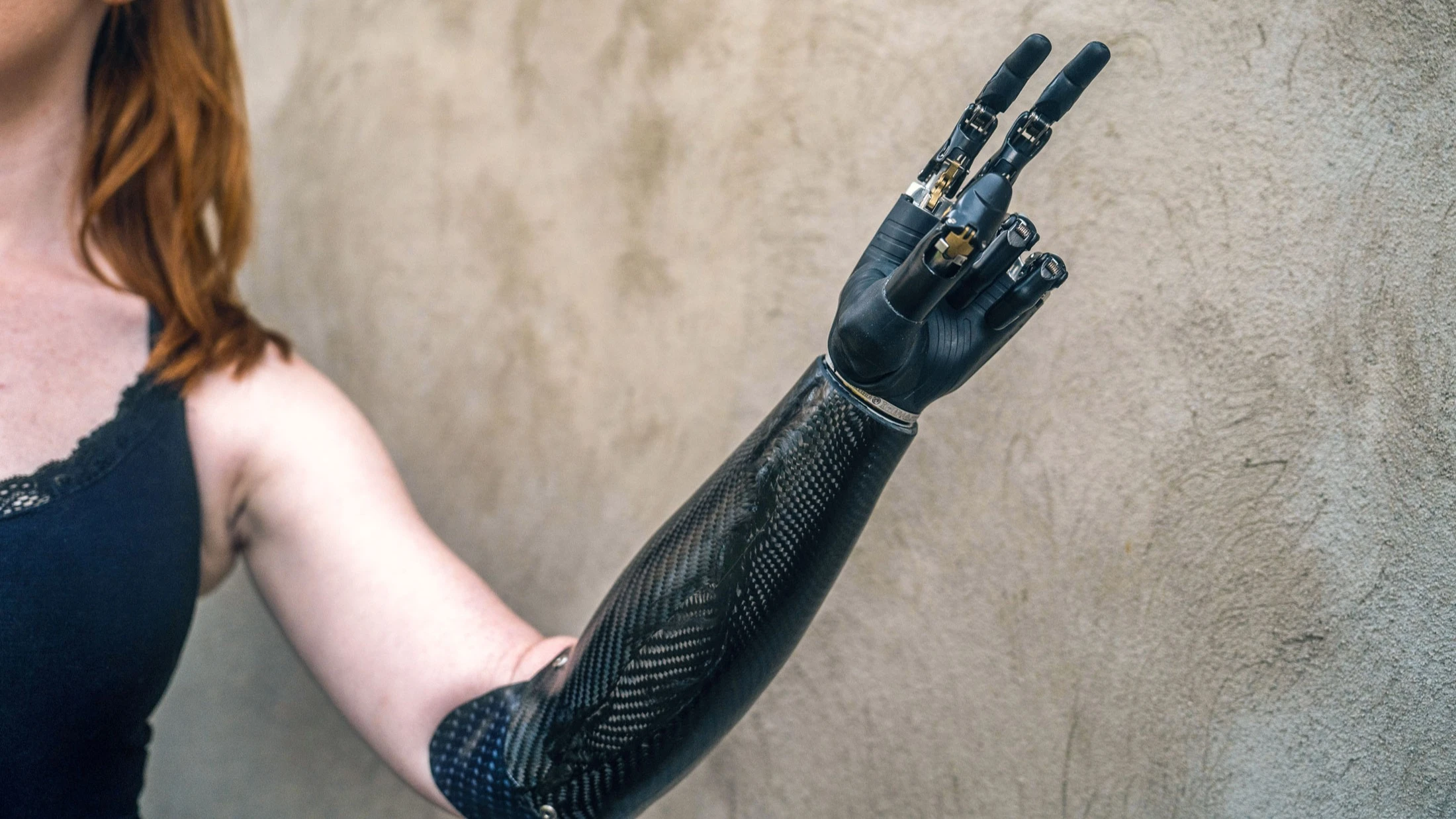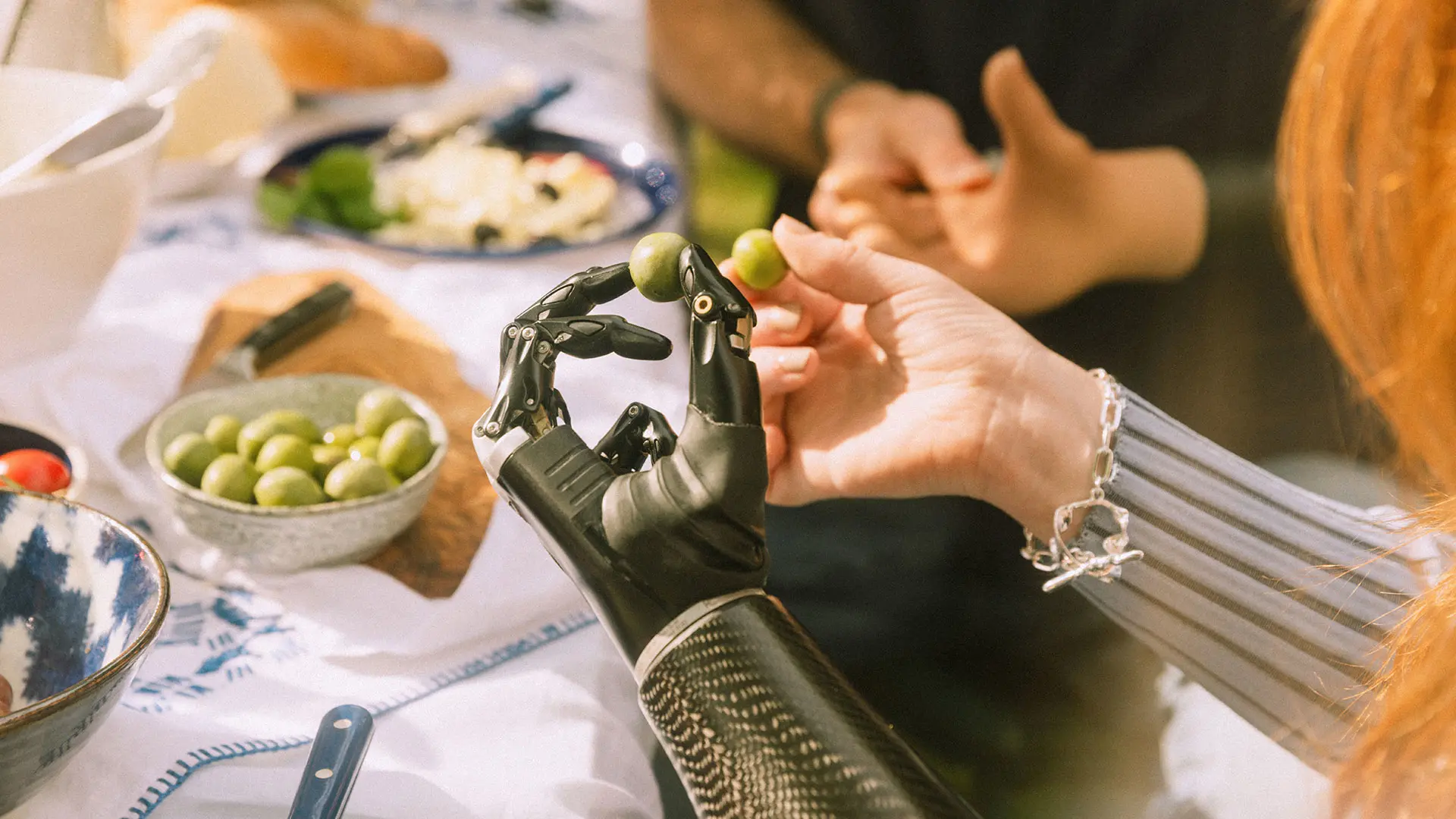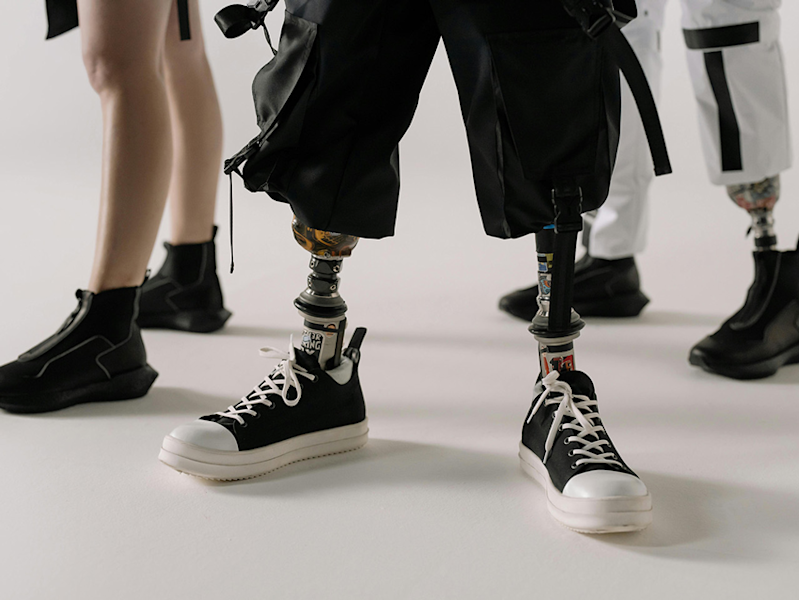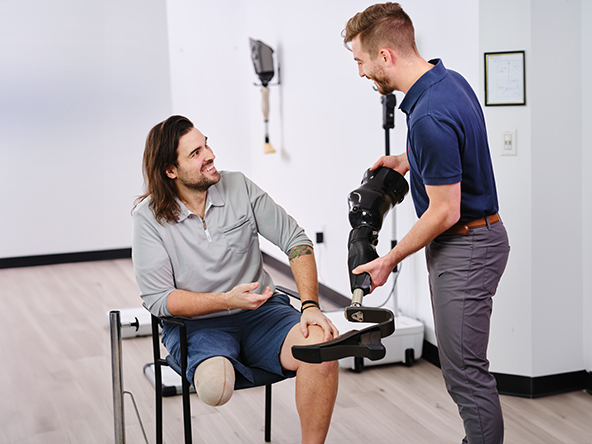

Get Back In Touch with Life
Reclaim Confidence with a Custom Arm Prosthesis
Losing an arm or hand (or living with a limb difference) can change how you move through your day. But it doesn’t have to limit what you can do.
Thanks to today’s technology and a caring support team, upper limb prosthetics can help you regain more than just function—they can restore confidence, independence, and ease in daily life. At Ottobock.care, we’re here to guide you every step of the way.
Whether you’re just beginning to explore prosthetic options or are thinking about upgrading your current device, we’ll help you understand what to expect, explore the technologies available, and find the right solution for your needs.
Why Choose Ottobock.care?
Custom-Fitted, Patient-Centered Prosthetics. Every prosthesis is designed around your goals, lifestyle, and anatomy.
Top-Tier Technology Meets Compassionate Care. We offer advanced myoelectric, body-powered, and hybrid systems—delivered by a team who truly listens.
Nationwide Locations, Local Support. With prosthetics clinics across the U.S. and specialized centers of excellence for upper limb prosthetics, expert care is closer than you think.

Special Focus: Partial Hand & Finger Prosthetics
If you or a loved one is living with partial hand loss or missing fingers, you’ve likely discovered that not all prosthetic clinics offer true solutions. At Ottobock.care, we do.
We specialize in highly customized prosthetics for partial hand and finger differences, offering both appearance-focused and functional designs that restore symmetry, dexterity, and confidence.

Silicone Finger Prostheses
Custom-tinted and lifelike. Ideal for those seeking natural appearance and lightweight comfort.
Custom-tinted and lifelike. Ideal for those seeking natural appearance and lightweight comfort.

Powered Finger Prosthetics
Responsive devices that restore grip and motion using advanced myoelectric technology.
Responsive devices that restore grip and motion using advanced myoelectric technology.

Custom Partial Hand Systems
Tailored to your unique presentation and preferences—whether cosmetic, functional, or a hybrid of both.
Tailored to your unique presentation and preferences—whether cosmetic, functional, or a hybrid of both.
What You Can Expect
We know this journey can feel overwhelming. Here’s how we simplify it:
Consultation and Evaluation. You’ll meet with a certified prosthetist who understands upper limb solutions inside and out.
Personalized Prosthesis Plan. We design your device to suit your lifestyle, activity level, and desired function.
Insurance and Authorization Support. Our team helps coordinate benefits, authorizations, and documentation—so you can focus on your care.
Fitting, Training, and Ongoing Support. We’ll guide you through learning to use your prosthesis and adjust it as needed.
Types of Upper Limb Prosthetics We Offer

Myoelectric Hands and Arms
Intuitively powered by muscle signals for natural movement and grip control.
Intuitively powered by muscle signals for natural movement and grip control.

Body-Powered Prosthetics
Simple, durable, and effective—controlled using harness and cable systems.
Simple, durable, and effective—controlled using harness and cable systems.

Hybrid Systems
Combine powered motion and body control for a best-of-both-worlds approach.
Combine powered motion and body control for a best-of-both-worlds approach.

Passive and Cosmetic Prosthetics
Lightweight and designed to restore appearance with minimal effort.
Lightweight and designed to restore appearance with minimal effort.





